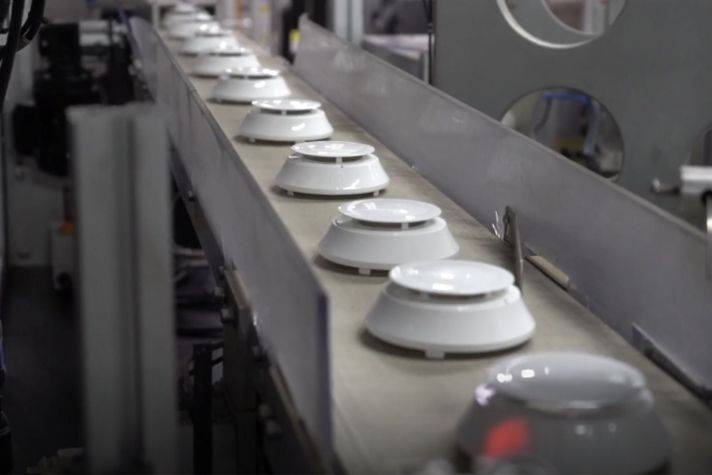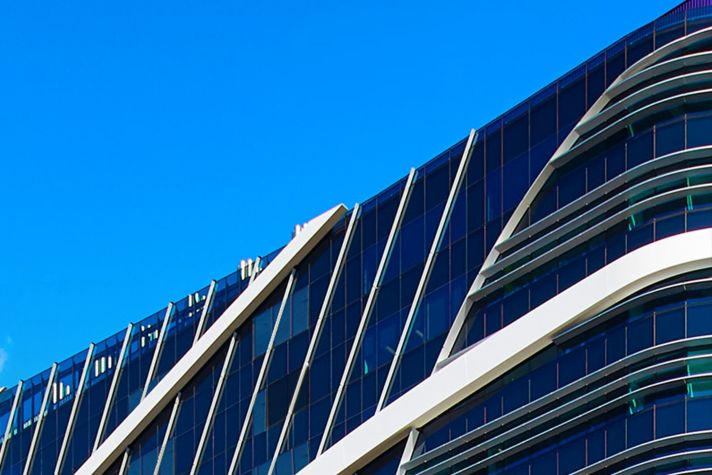-
Global
-
Africa
-
Asia Pacific
-
Europe
-
Latin America
-
Middle East
-
North America
- |
- BUSINESSES
- |
- Contact
- |
-
Global
-
Africa
-
Asia Pacific
-
Europe
-
Latin America
-
Middle East
-
North America
- |
- BUSINESSES
- |
- Contact
- |
You are browsing the product catalog for
You are viewing the overview and resources for
- News
- 4 Travel Headaches to Avoid
4 Travel Headaches to Avoid
Technology makes it easier to navigate crowded airports and flights this time of year.
November 21, 2019
There’s no place like home during the holidays. Especially if you can get there without reenacting the plot of “Planes, Trains and Automobiles.” Around 30 million people will take to the airways during the 12-day Thanksgiving travel season.
Here’s how most of them will arrive at grandma’s house in plenty of time for the feast.
Weather Delays
Everybody fears weather interrupting travel plans, especially during winter. Airlines are doing their best to avoid bad weather by installing advanced weather radar systems on planes. Weather radar “looks” many miles ahead and helps pilots avoid storm systems that can produce thunderstorms, blizzards, hail and strong winds. This helps airlines improve their on-time performance numbers, since weather delays account for one-third to one-half of all flight delays, according to the Bureau of Transportation Statistics.
Radar also helps pilots avoid turbulence. Light turbulence causes bumpy flights and spilled beverages, but severe turbulence is serious business. It can injure passengers and damage airplanes. In the United States, it is estimated that the damage, delays and disruption from turbulence costs more than $500 million a year.
Maintenance Delays
Maintenance issues also can cause flight delays, especially if an unexpected problem arises. Smart systems, data analytics and the Industrial Internet of Things are helping the airlines be more proactive.
In fact, important systems on the airplane actually “tell” the airline maintenance team when they need service.
Airlines can then deal with mechanical problems before they can cause delays or, worse yet, flight cancellations.
Terminal Delays
There’s a reason modern airports are destinations with restaurants, shopping, entertainment options and even gyms. Passengers may need to while away the hours waiting for flights to take off, especially during the holidays.
Airports are more efficient, secure and comfortable thanks to smart systems that control everything from the movement of airplanes on the tarmac to the temperature in the waiting areas.
Behind the scenes, software collects data from systems across airport operations, from the airfield ground lights to the docking systems, to the building management systems, optimizing core aspects of an airport.
Turnaround times are faster than ever with connected applications that track the movement of ground vehicles everywhere on the airport property and guide aircraft to their safe arrival at the terminal, so passengers can enter and leave the aircraft comfortably, quickly and efficiently.
Long Security Lines
Going through security can be time-consuming and frustrating. One of the busiest travel days in U.S. history was the Sunday after Thanksgiving in 2018 when 2.7 million passengers shuffled through Transportation Security Administration (TSA) screening points. But, the agency says, 95 percent got through in 20 minutes or less.
You can do your part. Arrive early, pack light, wear slip-on shoes, choose the line that’s moving fastest and (above all) be patient and you’ll get through just fine.
Copyright © 2025 Honeywell International Inc.




